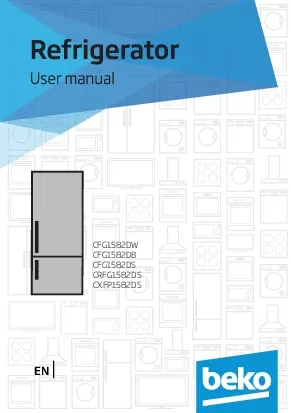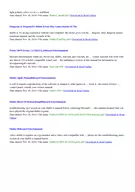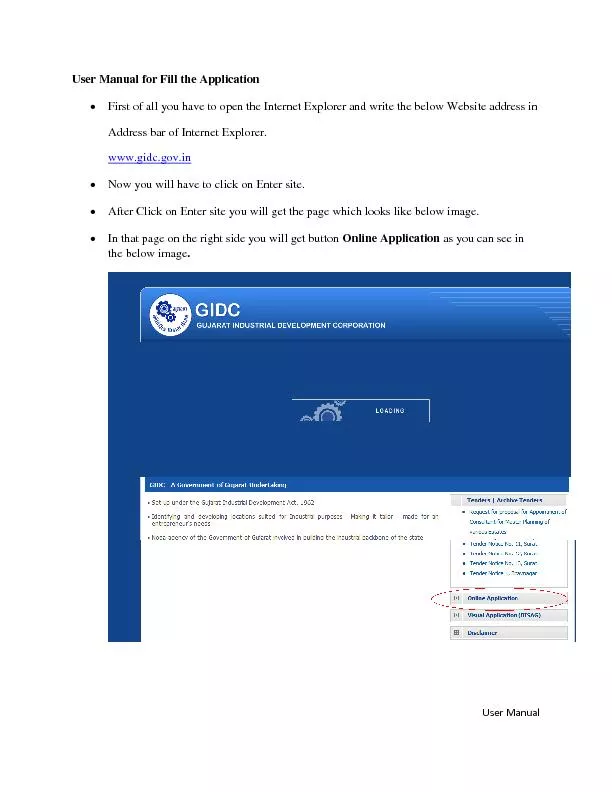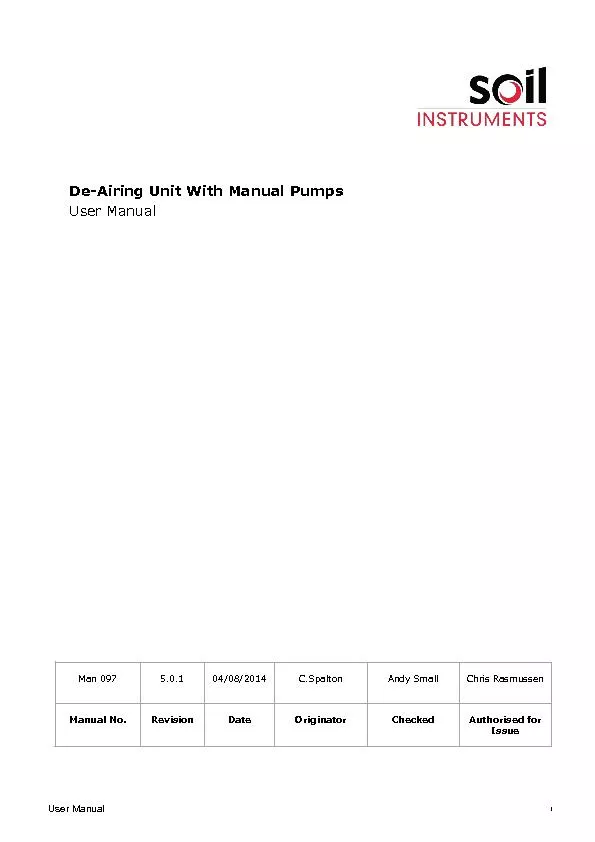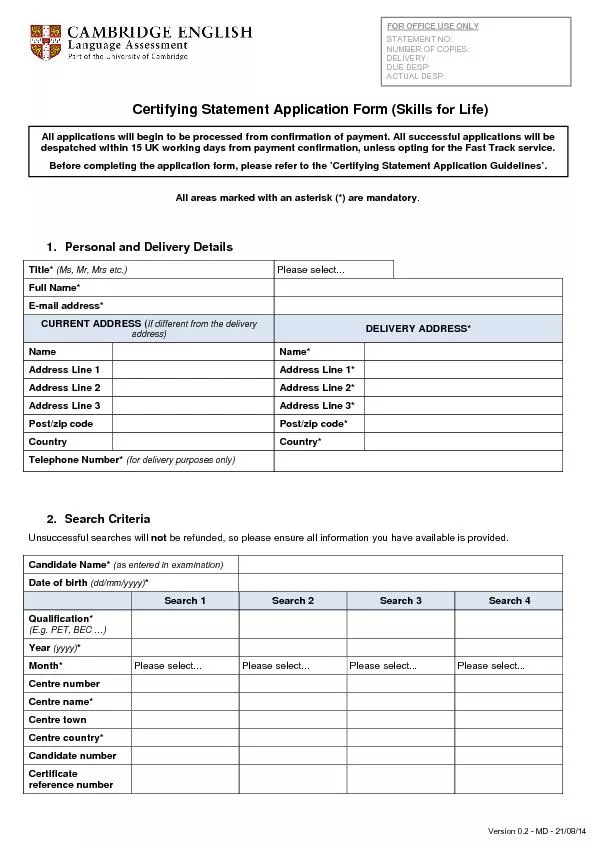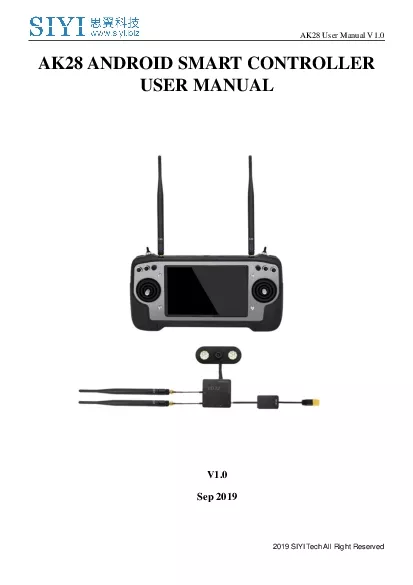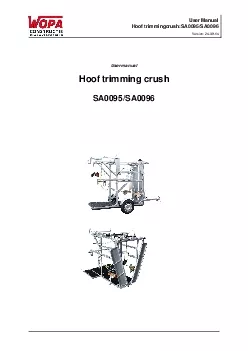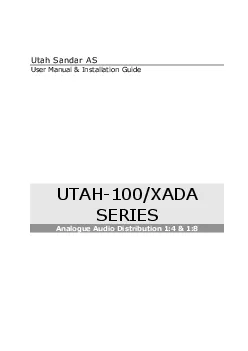PDF-Please read this user manual first
Author : deborah | Published Date : 2021-08-15
ENCFG1582DWCFG1582DBCFG1582DSCRFG1582DSCXFP1582DSDear CustomerWe hope that your product which has been produced in modern plants and checked under the most meticulous
Presentation Embed Code
Download Presentation
Download Presentation The PPT/PDF document "Please read this user manual first" is the property of its rightful owner. Permission is granted to download and print the materials on this website for personal, non-commercial use only, and to display it on your personal computer provided you do not modify the materials and that you retain all copyright notices contained in the materials. By downloading content from our website, you accept the terms of this agreement.
Please read this user manual first: Transcript
Download Rules Of Document
"Please read this user manual first"The content belongs to its owner. You may download and print it for personal use, without modification, and keep all copyright notices. By downloading, you agree to these terms.
Related Documents

